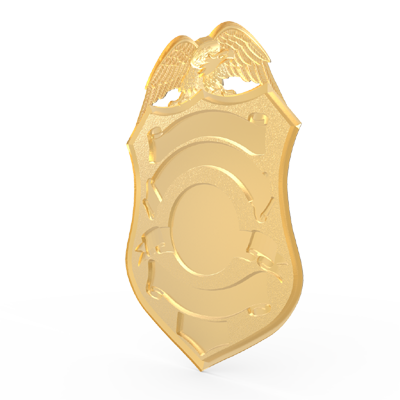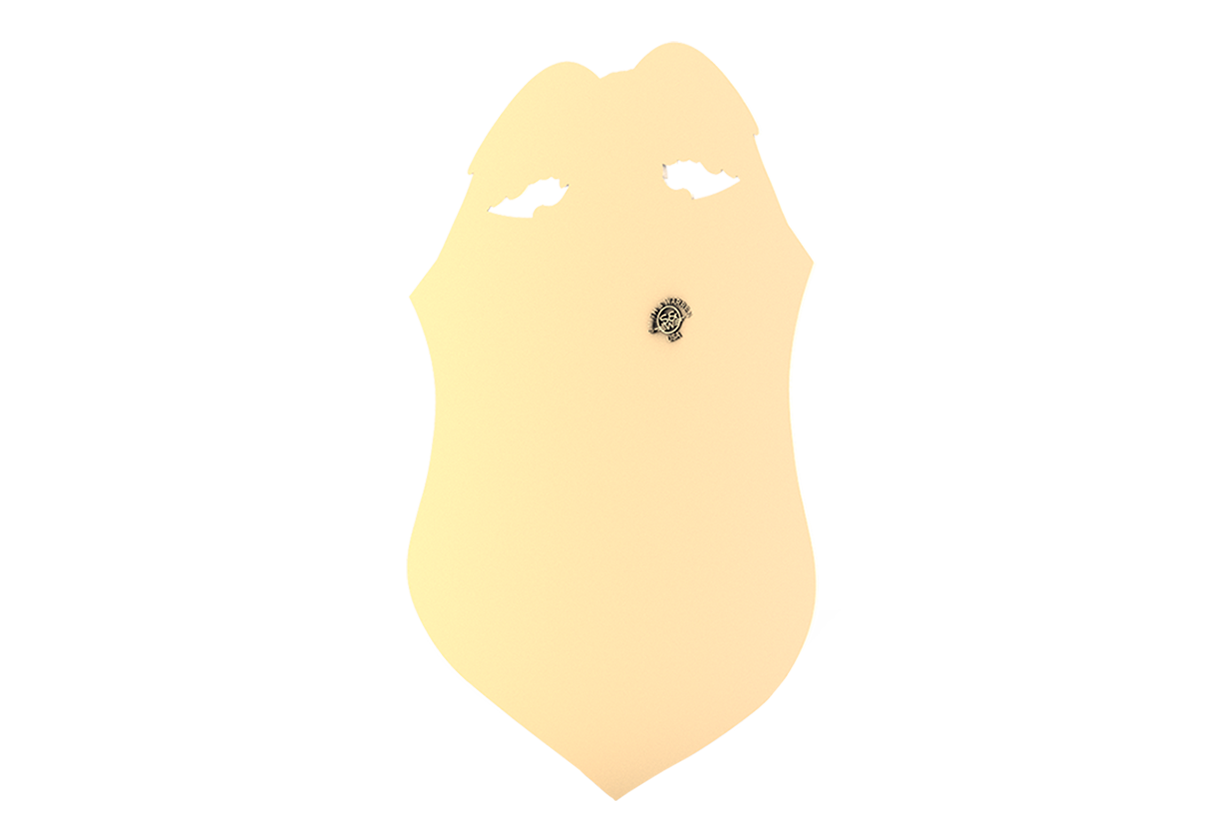What’s the difference between shell back and solid back badges?
Shell back and solid back indicate how much metal is used on the back side of the badge — they differ in weight, appearance, and cost, while both styles can be used in uniforms, wallets, or cases.
Shell Back
Shell back badges are made with less metal on the back side, giving them a hollow or indented appearance behind the badge face. Because there’s less metal volume, they weigh noticeably less than solid back badges.

Solid Back
Solid back badges use full metal on the rear surface, creating a smooth, flush, and generally heavier finish on the back. The back looks continuous and unbroken, which some prefer for aesthetics or perceived robustness.

Trade‑offs & considerations
- Weight: Solid back is heavier — if you carry your badge for long periods or in a wallet, shell back may feel more comfortable.
- Appearance: Shell back often shows ridges or recesses, matching the front engraving; solid back has a cleaner, flat surface.
- Cost difference: Because solid back uses more metal, it costs more.
- Compatibility: Both shell and solid back badges can support all standard attachment methods (pin, clip, glue, screw) without issue.
- Model availability: Many badge models are offered in both shell and solid — but some models are limited to one style depending on tooling or design constraints.
How to decide which is right for you
- If you primarily carry the badge in a wallet, case, or folder, shell back may be more comfortable due to lower weight.
- If the badge is worn constantly on your uniform and front appearance is a priority, a solid back offers a cleaner look and feels more substantial.
- If you're not sure, send us a photo of your current badge or describe how you use it — we’ll help you match it. Contact us.
Related Topics
FAQ Category
